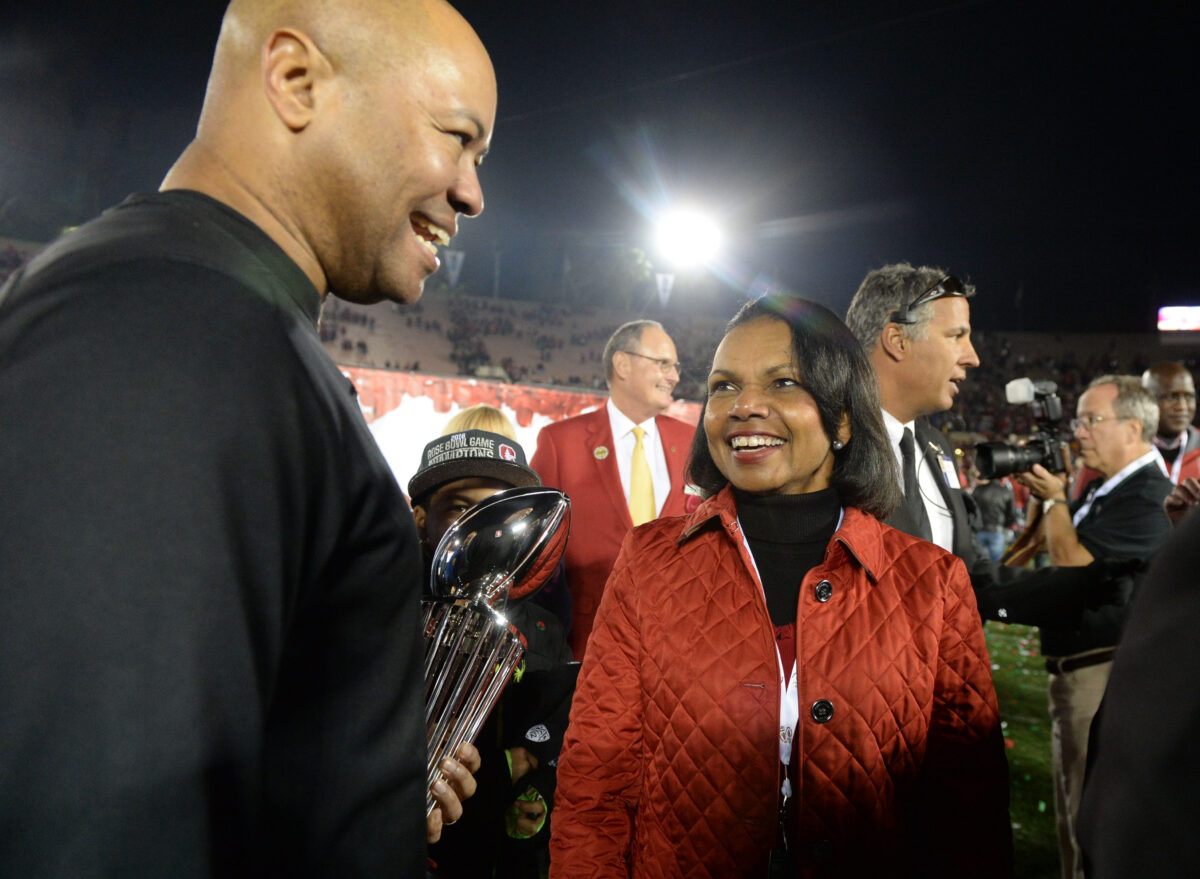Stanford and Cal-Berkeley will soon be in the Atlantic Coast Conference. Few sentences in the English language sound more absurd or ridiculous. Yet, that will be the new reality of college sports before too long.
The Trees of Palo Alto and the Bears of Berkeley will be part of a conference which includes the cities of Coral Gables, Florida; Tallahassee, Florida; Chestnut Hill, Massachusetts; Syracuse, New York; Pittsburgh; Clemson, South Carolina; Blacksburg, Virginia; Charlottesville, Virginia; and four locales in the state of North Carolina.
Normal, rational, logical stuff, right? None of this is logical, but it was the obvious play for Stanford if we assume the Big Ten Conference simply wasn’t interested in adding the Cardinal. The rationale from the ACC side is not as readily obvious for most college sports fans, but the conference will get some more television money from ESPN with these additions. Florida State fans would respond by saying the added money is nowhere near enough for the Seminoles to be satisfied with their current position in the ACC.
It’s final: ACC presidents have approved expansion to add Stanford, Cal and SMU, sources tell @YahooSports, ending a month-long saga into an issue that divided the league.
— Ross Dellenger (@RossDellenger) September 1, 2023
Welcome to the absurdity of college sports realignment. Reaction on social media, as you can imagine, was all over the map, which is a great way of describing Stanford and Cal going to the ACC:




